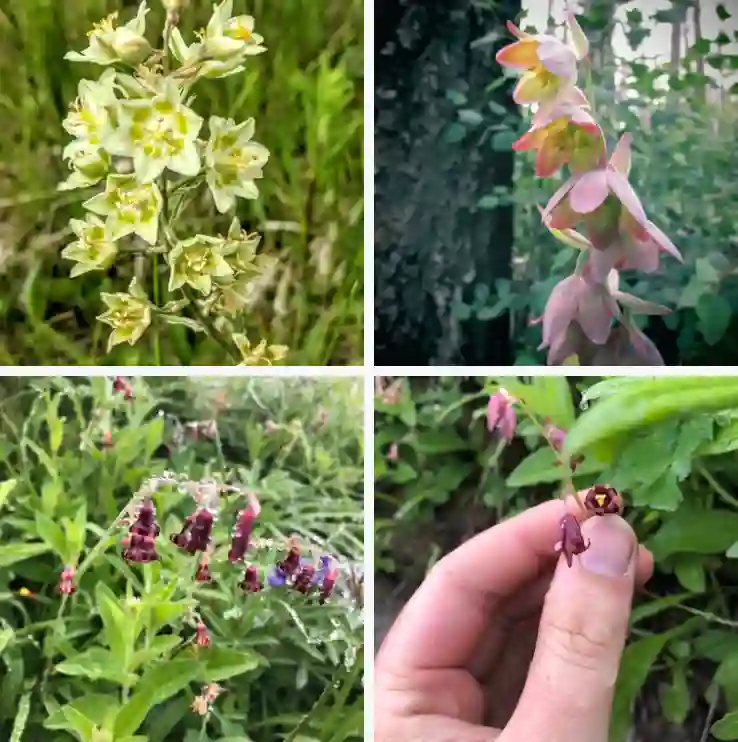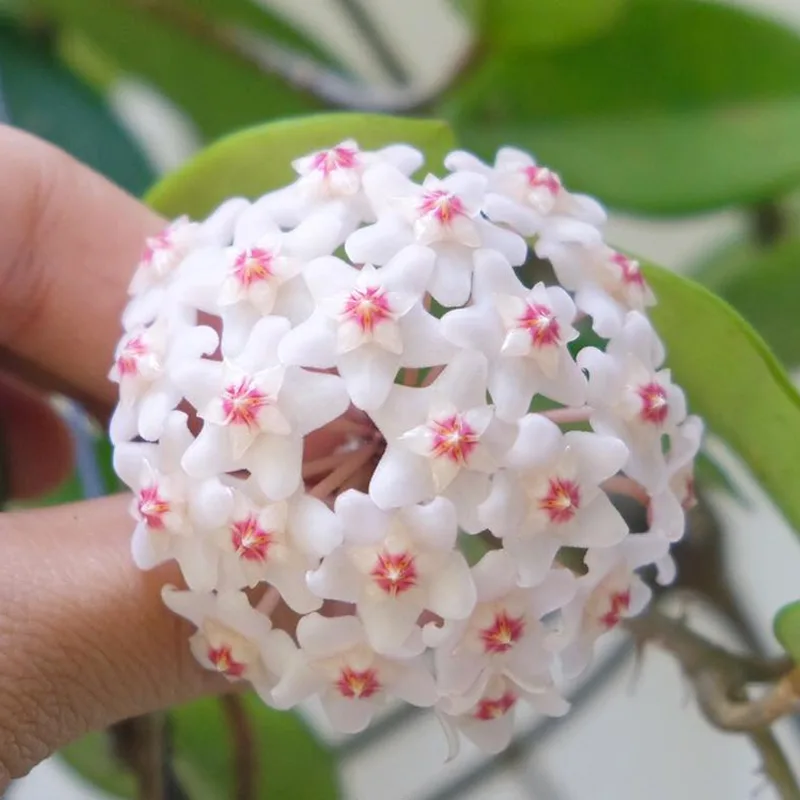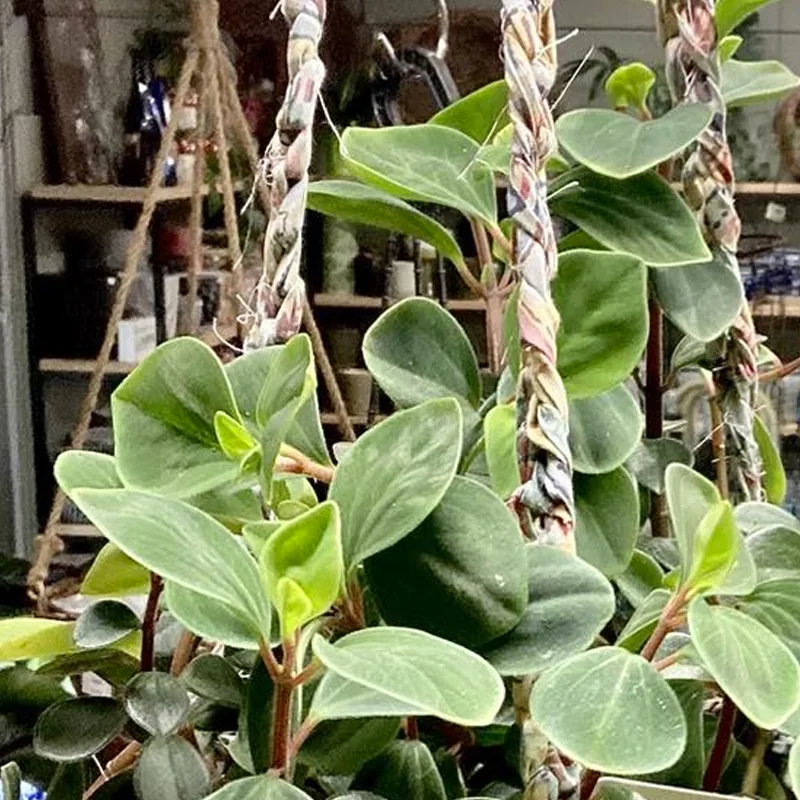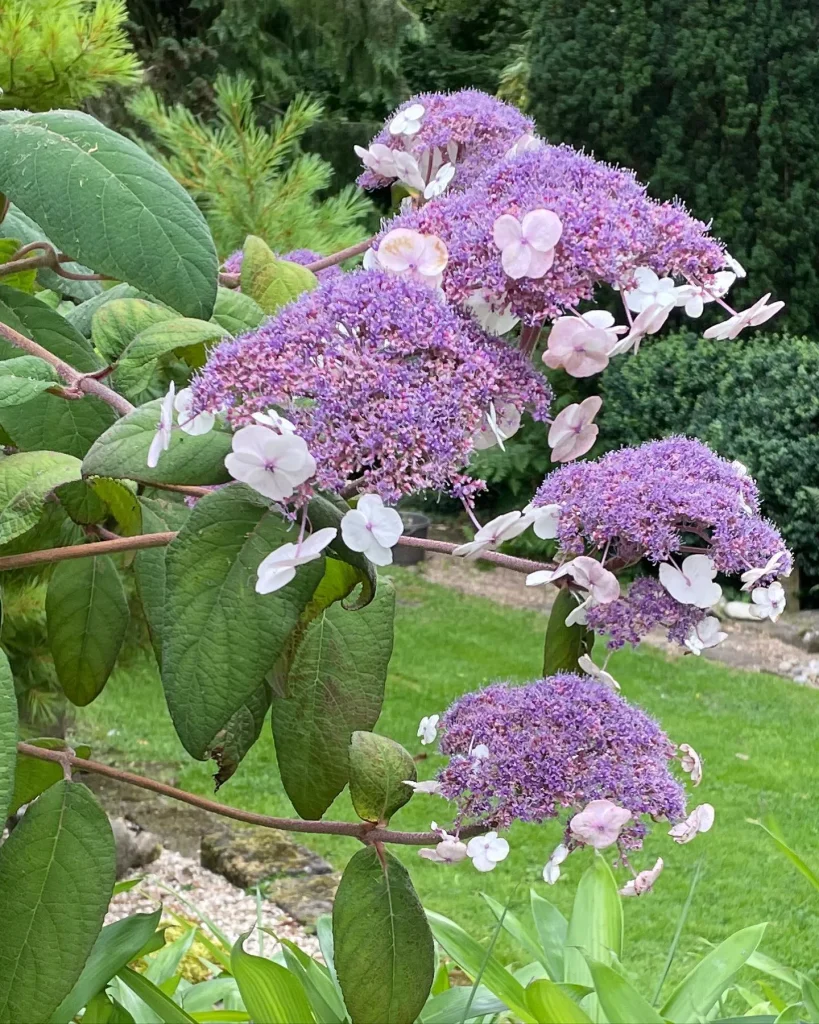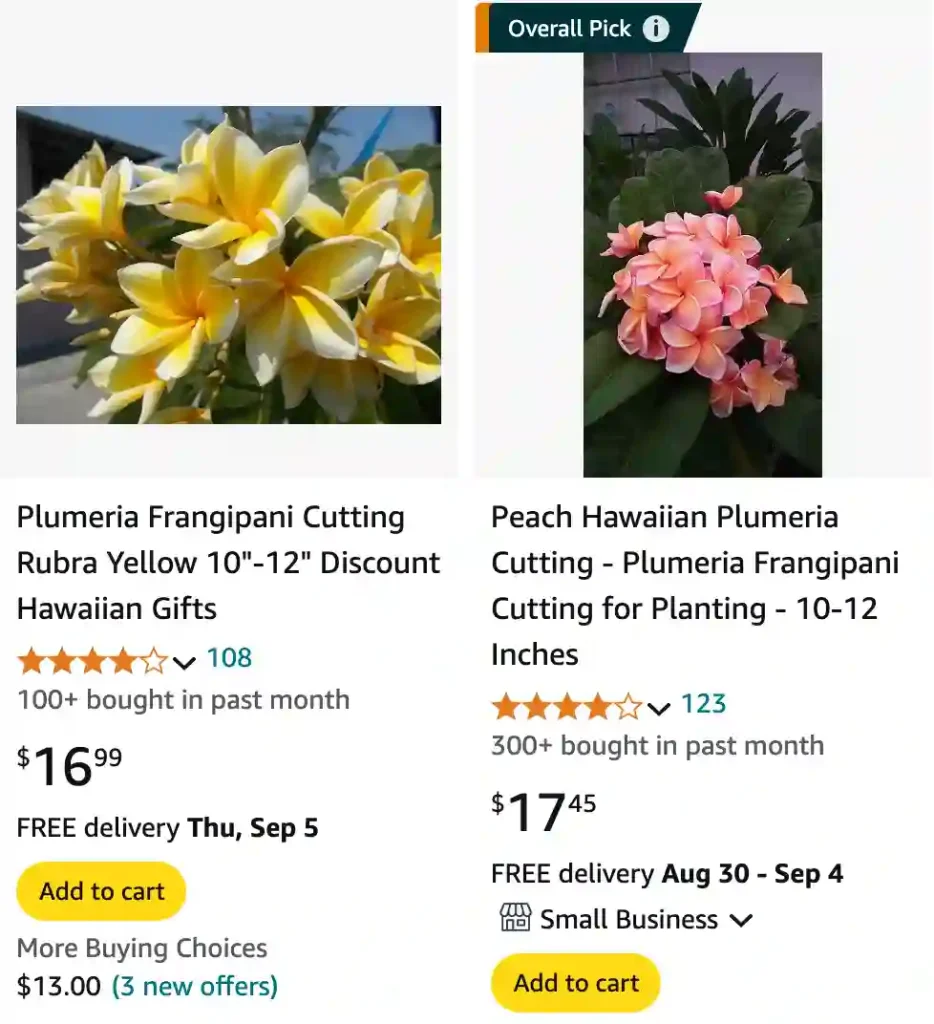
What is Plumeria Rubra?
Plumeria Rubra, often referred to simply as frangipani, is a tropical plant known for its beautiful and fragrant flowers. Native to Central and South America, this plant thrives in warm climates and is popular in tropical gardens and as an indoor plant in cooler regions. With its striking blossoms and vibrant colors, Plumeria Rubra can add a touch of paradise to any garden or indoor space.
19 Species in Genus Plumeria
How to Grow Plumeria Rubra Seeds?
Growing Plumeria Rubra from seeds is a rewarding experience, though it requires patience. Here’s a step-by-step guide based on my experience:
- Prepare the Seeds: Start by soaking the seeds in water for about 24 hours. This helps to soften the seed coat and speeds up germination.
- Prepare the Soil: Use a well-draining potting mix. A combination of sand, perlite, and peat moss works well. Ensure the container has drainage holes to prevent waterlogging.
- Plant the Seeds: Plant the seeds about 1/2 inch deep in the soil. Space them out to avoid overcrowding. Water the soil lightly to keep it moist but not soggy.
- Provide Warmth and Light: Place the container in a warm spot with plenty of sunlight. The ideal temperature for germination is between 70-85°F (21-29°C). Germination can take several weeks, so be patient.
- Transplanting: Once the seedlings have grown a few inches tall and have developed a couple of sets of leaves, they can be transplanted into larger pots or directly into the garden if the weather is warm enough.
How to Plant Plumeria Rubra?
Planting Plumeria Rubra is straightforward if you follow these steps:
- Choose the Right Location: Select a sunny spot in your garden. Plumeria Rubra needs at least six hours of direct sunlight daily.
- Prepare the Soil: The soil should be well-draining and slightly acidic. If your soil is clay-heavy or too alkaline, amend it with compost and sand.
- Dig the Hole: Dig a hole that is about twice as wide and as deep as the root ball of the plant. This helps the roots establish themselves better.
- Plant the Tree: Place the plant in the hole, making sure the top of the root ball is level with the ground surface. Fill in the hole with soil, tamping it down gently to eliminate air pockets.
- Watering: Water the plant thoroughly after planting. Keep the soil consistently moist but not waterlogged.
How to Take Care of Plumeria Rubra?
Taking care of Plumeria Rubra involves a few key practices:
- Watering: Plumeria Rubra prefers to dry out between waterings. Water deeply once the top inch of soil is dry. Reduce watering during the winter months when the plant is dormant.
- Fertilizing: Feed the plant with a balanced, water-soluble fertilizer every 4-6 weeks during the growing season. A fertilizer high in phosphorus can encourage blooming.
- Pruning: Prune Plumeria Rubra to maintain its shape and remove any dead or damaged branches. Pruning also encourages more flowers.
- Pest Control: Keep an eye out for common pests such as spider mites and aphids. Insecticidal soap or neem oil can be effective treatments.
- Protection: If you live in a cooler climate, protect your Plumeria Rubra from frost. In colder regions, consider growing it in a pot that can be moved indoors during the winter.
How to Propagate Plumeria Rubra?
Propagating Plumeria Rubra is a fun way to expand your collection. Here’s how I do it:
- Cuttings: Take 6-12 inch cuttings from healthy Plumeria Rubra plants. Let the cut end dry for 1-2 weeks to form a callus.
- Rooting Medium: Plant the callused cuttings in a well-draining mix. Use a pot with drainage holes.
- Care for Cuttings: Water lightly and place the pot in a warm, sunny location. It can take several weeks for roots to develop.
- Transplanting: Once the cuttings have established a good root system, they can be transplanted into larger pots or directly into the garden.
Can You Grow Plumeria Rubra Indoors?
Yes, you can grow Plumeria Rubra indoors, especially if you have a sunny spot. It’s best to provide it with bright, indirect light and maintain a warm temperature. Ensure good ventilation to prevent fungal issues, and be cautious with watering, as indoor plants can be prone to overwatering.
Is Plumeria Rubra Toxic?
Plumeria Rubra is generally considered non-toxic to humans and pets. However, it’s always wise to prevent pets from chewing on plants, as ingestion of any plant material could potentially cause mild digestive upset.
Benefits of Plumeria Rubra
Plumeria Rubra offers several benefits:
- Aesthetic Appeal: Its fragrant, colorful blooms add beauty to gardens and indoor spaces.
- Fragrance: The flowers have a delightful fragrance that is often used in perfumes and leis.
- Low Maintenance: Once established, it requires minimal care and is quite resilient.
Common Problems with Plumeria Rubra
Here are a few issues I’ve encountered:
- Leaf Drop: This can occur due to overwatering or sudden changes in temperature. Ensure proper watering and protect the plant from drafts.
- Pests: Watch for pests like spider mites and aphids. Regular checks and treatments can keep these under control.
- Poor Blooming: Lack of blooms can be due to insufficient light or improper fertilization. Ensure it gets plenty of sun and is fed regularly.
Comparison with Other Plumeria Varieties
Plumeria Rubra is often compared with Plumeria Alba and Plumeria Pudica. While Plumeria Rubra is known for its vibrant, multi-colored flowers, Plumeria Alba typically has white or cream flowers, and Plumeria Pudica features single white blooms. Each variety has its unique charm, but Plumeria Rubra stands out for its rich colors and intense fragrance.
In conclusion, Plumeria Rubra is a stunning and relatively easy plant to grow. Whether you’re starting from seeds or cuttings, with the right care, it can thrive and bring tropical beauty to your space.
If i die, water my plants!
